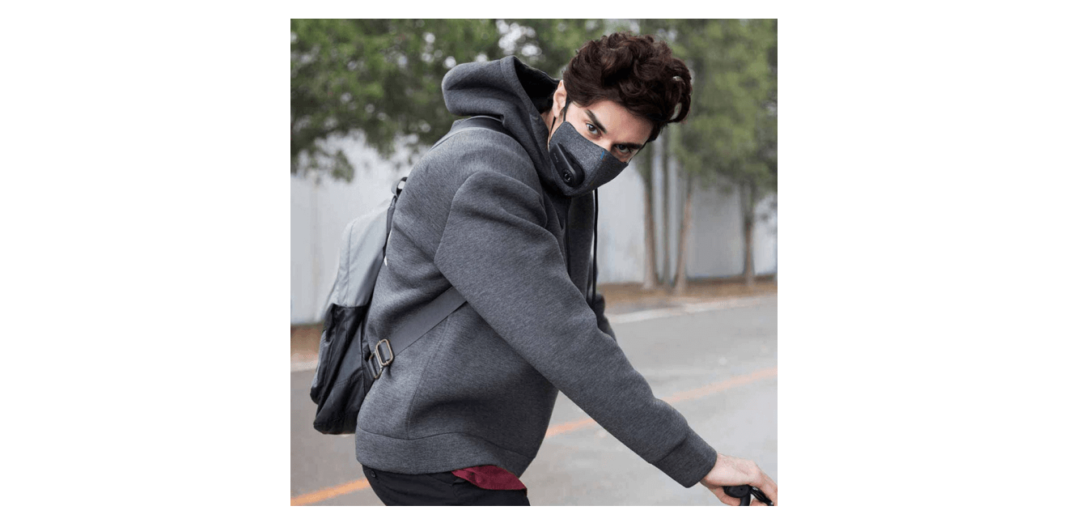Many people may not feel comfortable wearing masks in public. In many cultures, wearing masks may be frowned upon as being too stand-offish. Consequently, many people may not wear masks outside due to fear of attracting unwanted attention to oneself. However, in the wake of the COVID-19 pandemic, and the ever-present infections such as flu and TB, it is now required for citizens to wear face masks. For the people in humid and hot climates, face masks may prove to be an uncomfortable experience. You should ignore the temporary discomfort and think of the long term gain: protecting yourself and those around you from any airborne infections. Kn95 masks were designed with just this purpose in mind. In this write-up, let’s focus on the procedure for wearing a kn95 mask.
The need for masks in congested regions
Many cities and urban centers are usually densely populated, necessitating the use of kn95 face masks to keep out smog, smoke, pollen, pollutants, and exhaust. The people often come into close contact with hundreds of other people while on an outing to the city center and central business districts. Hawking centers, buses, MRTS, and shopping malls are all spaces where airborne infections can be easily spread and transmitted. Wearing a mask prevents the spread of disease among our friends, family, and extended community.
Why face mask quality is important
Kn95 masks are perfect for filtering air containing pollutants and smog. If a mask does not fit properly, this can reduce the ability of the mask to filter out air pollutants. Further, poor-fitting masks worn in an environment of poor air quality can lead to a reduction in heart rate and lowered blood pressure. This happens because of the additional resistance accorded by the mask. One has to apply extra effort to breathe through a face mask as opposed to breathing regularly without one. In this way, bad environmental air for breathing and poor mask quality can affect cardiovascular health.
According to researchers, for asthmatic individuals in environments of inferior air quality, no evidence has been shown that wearing face masks is helpful. For an asthmatic person, wearing a face mask is likely to cause more problems than it can solve. Breathing becomes difficult. Face masks are not recommended for people who have underlying breathing or heart conditions. The best course of action is to consult a doctor before donning a face mask. Doctors usually recommend that you wear masks only on specific occasions such as when dusting, in case one suffers from a dust mite allergy.
The procedure of wearing a face mask
- The first step is to wash your hands using soap and water thoroughly.
- Next, gently remove the mask from the box or dispenser to ascertain that it does not have tears and holes.
- It is best to confirm the top and front of the mask before wearing it.
- Bring your face to the mask and secure the ties over your head.
- Finally, pull your mask over your chin and mouth.
Conclusion
Face masks should be worn with extra care, especially for patients suffering from breathing complications such as asthma, and heart disease, as these conditions place added stress on the heart. Kn95 masks are still the best option for keeping safe from airborne infections.







